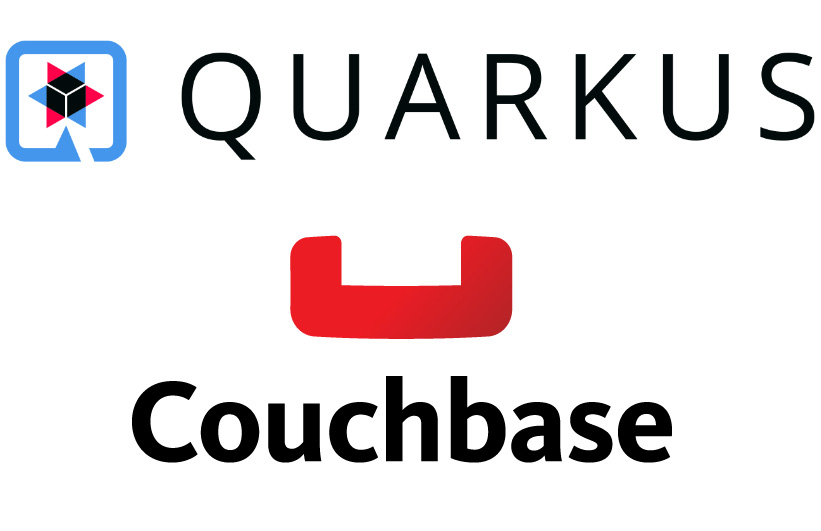Business Intelligence to the power of three: what is an OLAP Cube
AI & DATA
Business Intelligence to the power of three: what is an OLAP Cube

Among the categories in which historical figures can be placed, there is one that is particularly dear to experts in linguistics, marketing, sociology, and communication. It includes individuals who have successfully linked their name to a product and then to a company brand in an indispensable way. A perfect partnership, a prelude to both commercial and linguistic success. So when someone says or writes "Bic," everyone thinks of the pen, forgetting that it is also the surname - adapted in English - of the company's founder, Marcel Bich.
There are many other examples like this. Among them is a Hungarian professor whose name is indissolubly connected to one of the best-selling games in history and, at the same time, one of the most famous puzzles: his name is Ernő Rubik, and when we think of a cube, inevitably, our mind visualizes his and reminds us of all our exhausting attempts to solve it.
Regarding the solution of the Magic Cube, better known as the Rubik's Cube, guides have been written, tutorials recorded, and various heuristics constructed. There are a staggering 43,252,003,274,489,856,000 combinations, of which only one is correct. It is no wonder that there are numerous records listed in the Guinness World Records for both speed and difficulty coefficient. It is a challenge that fascinates everyone: humans and robots alike.
What is an OLAP cube?
.gif?width=800&name=giphy%20(1).gif)
Although it has entered the common imagination as a synonym for complexity and difficulty, in the field of Business Intelligence, the perspective is reversed, and the cube becomes a metaphor for decoding the available data and tracing new possible scenarios. When professionals in the field are asked to think of a cube, they add another word, or rather, an acronym: OLAP.
OLAP stands for Online Analytical Processing and refers to a set of techniques for interactive analysis of large amounts of data, even in rather complex ways. The underlying principle of this technology is to search for data in a much more efficient way, allowing analysts to conduct more elaborate queries. The cube is the shape used to represent the range of possibilities offered by these technologies. It can be imagined as an extension of a spreadsheet: starting from the traditional two dimensions, it can expand to an infinite number of dimensions. Not just a cube, but a hypercube!
Organizing data with this precise configuration means accessing different functionalities, each with a specific objective:
- Pivoting: rotating the dimensions of the cube in search of orientations that can meet a particular analytical need or aggregate cross-sectional data;
- Slicing: literally "slicing" the cube based on a specific value of a dimension, obtaining a subset of the dataset;
- Dicing: literally "dicing" the dimensions, focusing on a sub-set and filtering only the information considered most interesting;
- Drill – down/up: specific techniques of multidimensional analysis that allow analysts to navigate data in two directions: "digging deep" into increasingly detailed data at the hierarchy and mathematical component levels, and "surfacing" by considering increasingly aggregated data across different dimensions;
- Roll – up: aggregating and consolidating data according to a relationship between two or more dimensions.
With OLAP cubes... there are no limits!

The cube is at the core of OLAP analysis and also serves as an effective interface for data visualization. The strength of this model lies in the enormous number of possible configurations: simply "rotate" one of the cube's faces, and a completely different perspective is assumed. Decision-making processes within a company require continuous support. Analyzing the available data through an OLAP cube provides tools to carry out consistently innovative analyses, discovering often overlooked elements that, when viewed and examined from a different perspective, assume a completely different value. This provides decision-makers with a wide range of elements to make better and faster decisions.
Given a cube with a certain number of dimensions, there are countless combinations. Each combination corresponds to a specific analysis that reflects a question from management and the business. Potentially, all the answers can be contained within a single configuration, just like when all six faces of the cube each have a unique color different from the others. By solving the Rubik's Cube puzzle once and for all.
Discover the guide to business intelligence! (in Italian)
article Download the eBook!You can learn more about OLAP cubes and other tools available in Business Intelligence by downloading our comprehensive guide for companies. It offers valuable insights including benefits, essential KPIs, and much more! Just click the button below!

other articles on the topic

Extra Red was a key player at the "It's All CIO & Technology conference"

Fireside Chat with Roberto Pieraccini

IBM Study Tour with Nooemy

Quarkus & Couchbase: a simple REST example

What is Business Intelligence?














